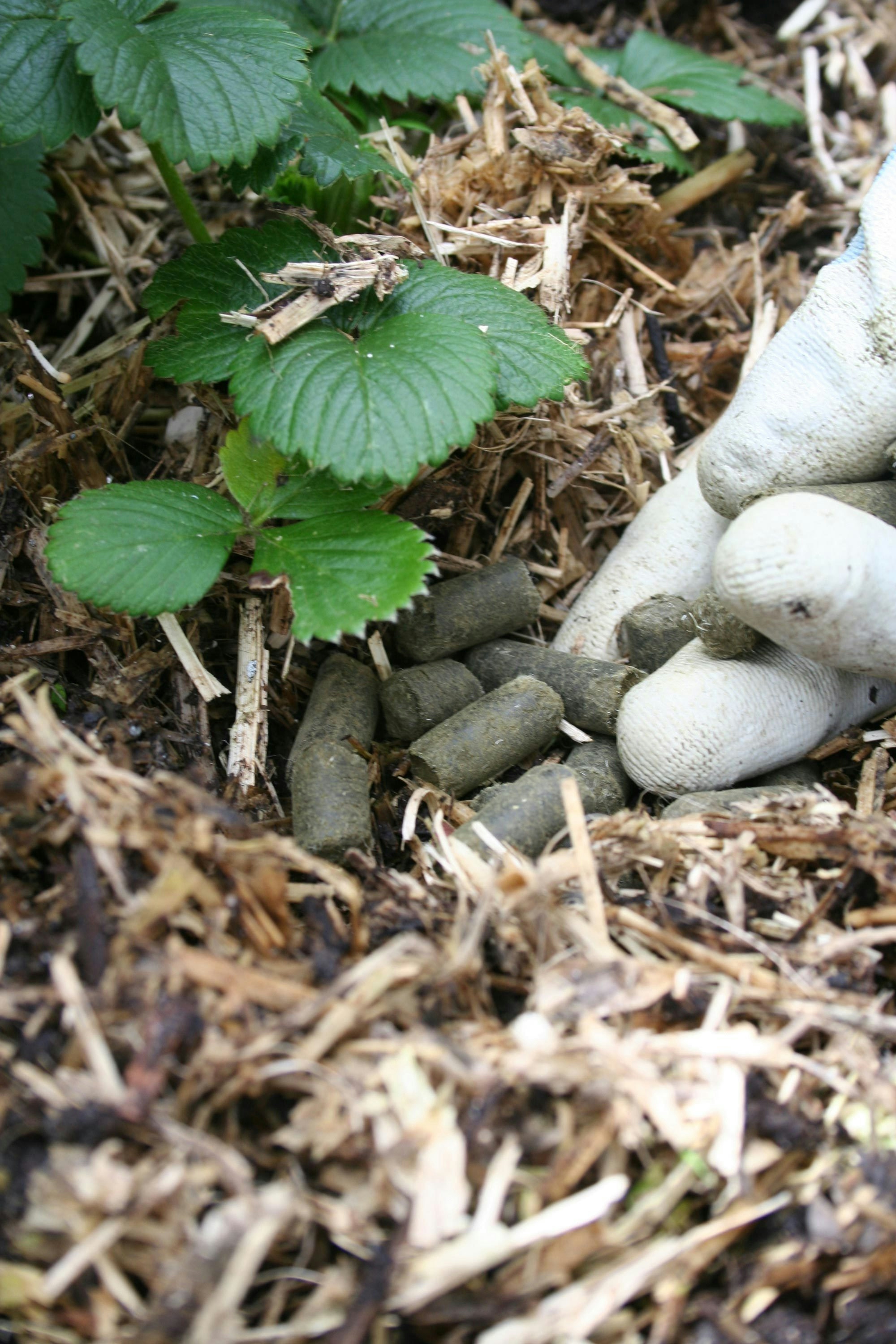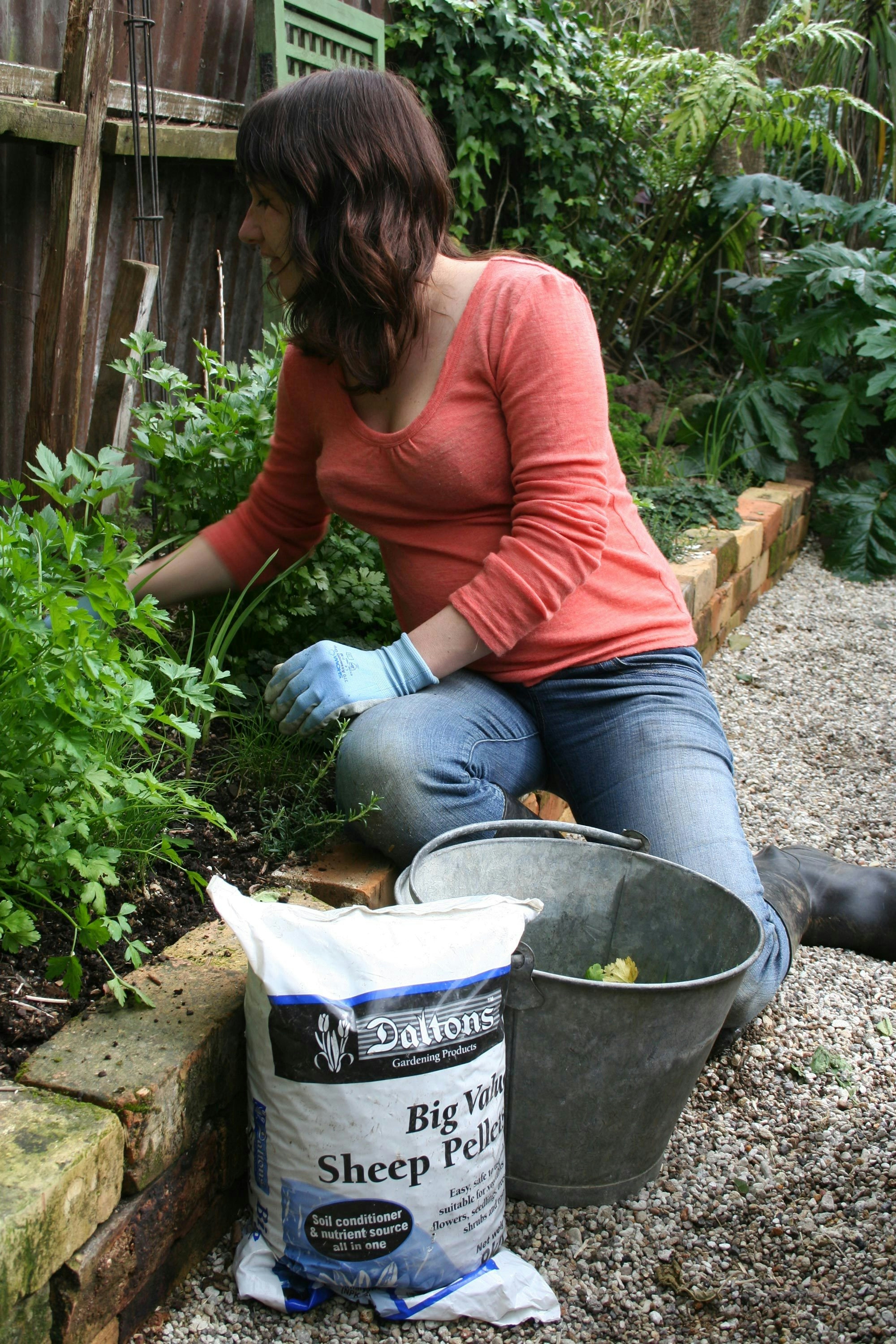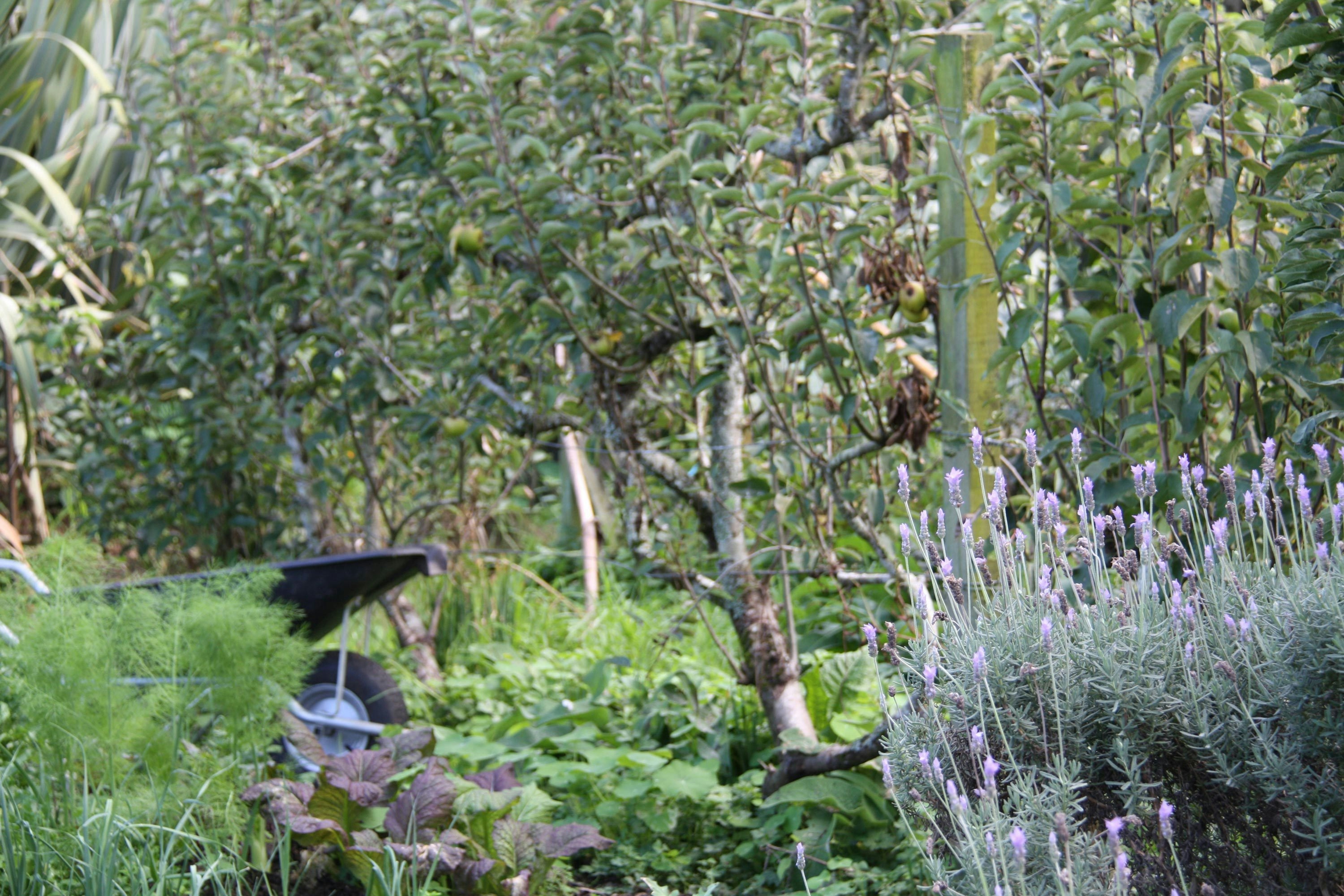
Journal — Dirt
Rachel Clare
28th July 2020
Feed your plants
Being on a deadline to produce flowers and fruit or surviving in less-than-optimal soil can be exhausting for plants, so it’s understandable that sometimes they need a restorative tonic to help them be their best selves.
Unlike us, plants are autotrophs because they are self-sufficient when it comes to producing their own food. By capturing the sun’s energy through photosynthesis they are able to convert sunlight, water and carbon dioxide into oxygen and sugars for growth. Healthy soil should always be the basis for good plant health –- think of it as a well-stocked pantry for your plants. If the majority of your plants grow well, you can be reassured that most of their nutrient needs are being met by the soil. However, because we aren’t all fortunate enough to be blessed with a fertile loam, improving our soil can often be a work in progress.
This is where fertilisers containing macronutrients, such as nitrogen, phosophorous, potassium, calcium, magnesium and sulphur, can play an important role in improving plant health. Although these macronutrients are readily available in healthy soil, plants that expend a lot of energy producing flowers and fruit or that are grown in an unnatural environment, such as a pot, can become deficient in nutrients and sometimes need an extra boost. While healthy soil is the equivalent of a balanced diet, think of plant food as a vitamin supplement or power shake for your plants.
Plant foods, which are also known as fertiliser because they increase fertility, come in solid or liquid forms.


SOLID PLANT FOODS
Solid fertilisers are dug in or laid on top of the surface of the soil and release their nutrients slowly over time as the soil bacteria breaks them down. Examples of solid fertilisers include blood and bone, manure, vermicast (worm faeces), seaweed or natural commercial fertilisers that contain natural phosphate, calcium and magnesium. While compost is generally a soil conditioner, many commercially available composts and garden mixes contain added nutrients, such as blood and bone, chicken manure and beneficial fungi (which helps with root development). Daltons’ organic plant mixes contain NuFert, a fertiliser which is produced by infusing zeolite granules with nutrients, which will feed plants for three to four months. Solid plant food, such as sheep pellets, can be added to soil when establishing a new garden bed or to individual planting holes to get plants off to a good start. You can also side dress plants by sprinkling solid plant food alongside your plants once established. Either dig it in or leave it on the surface of the soil to break down.
Liquid fertilisers, such as fish emulsion and teas made from worm vermicast, weeds, comfrey, compost, manure or seaweed, are usually diluted with water until they reach the colour of weak tea. When these tonics are watered onto a plant’s rootzone, they are quickly taken up by the plant as the plant absorbs the dissolved nutrients with the water.
LIQUID PLANT FOOD
Liquid fertilisers can also be sprayed onto foliage as a foliar feed. The plant absorbs the nutrients through the tiny holes on the underside of their leaves, called stomata, and the layer of cells that covers the leaves, flowers, stems and roots, called the epidermis. Foliar feeds are faster at correcting nutrient deficiencies, particularly calcium, iron, potassium and zinc deficiencies, but can result in leaf burn when temperatures are in the high twenties. They should always be applied in the early morning or evening when a plant’s stomata are open.
Foliar feeds are considered to be more effective if they contain a surfactant, a wetting agent that helps the liquid fertiliser adhere to the leaf so it has time to absorb the nutrients. However, most homemade liquid fertilisers don’t contain them and therefore the liquid usually drips off the leaves and is absorbed into the soil around the plant’s dripline, meaning that in actual fact they may be improving soil fertility rather than benefitting the plant as a foliar feed. Some people suggest adding a squirt of dishwashing liquid as a homemade surfactant, or use a commercially available organic foliar feed containing a surfactant. Foliar feeds need to be applied almost weekly during a plant’s growing season and the foliage needs to be thoroughly drenched. Seaweed teas are considered to be one of the best foliar feeds because seaweed helps with plant establishment and builds up resistance to pests and diseases.


BREW A LIQUID TONIC FOR YOUR PLANTS
Seaweed, weeds, comfrey, aged manure and compost can all be used to make a liquid tonic. Simply gather your material and stuff it into a plastic container with a lid at a ratio of one part material to five parts water. Weigh it down with a brick or a piece of untreated wood so it doesn’t float up to the top. Be sure to cover your brew with a lid as it will produce a foul stench. Leave for a couple of weeks while your organic material breaks down. Stir it every so often to mix oxyen into the liquid and assist with the fermentation process. Then when you are ready to use your tonic, strain it, add the remaining material to your compost heap, then dilute the concentrated fermented brew at a ratio of around 1:2 for seaweed, 1:10 for weed and comfrey brews and 1:5 for manure or compost. Dilute seaweed tea at around 1:10 and feed it to your indoor plants too.
HOW OFTEN SHOULD I FEED MY PLANTS?
While plants are growing vigorusly and flowering and fruiting plants and plants in pots should be fed every couple of weeks throughout spring and summer or monthly if they’re in good-quality soil or potting mix. Set a reminder on your calendar so you don’t forget. Solid organic fertilisers should be added to the soil in autumn as they take a long time to break down.
Signs of underfed plants include plants with pale, smaller, yellow or red-tinged leaves. It’s equally important not to overfeed your plants. Overfed plants may be a dull dark green with curling tips or a “burnt” appearance.
Words by Rachel Clare
Join Our Newsletter
XANTHE WHITE DESIGN
Auckland Studio
Phone: 09 815 1187
Email: info@xwd.co.nz
XANTHE WHITE DESIGN
Wellington Studio
Email: wellington@xwd.co.nz

